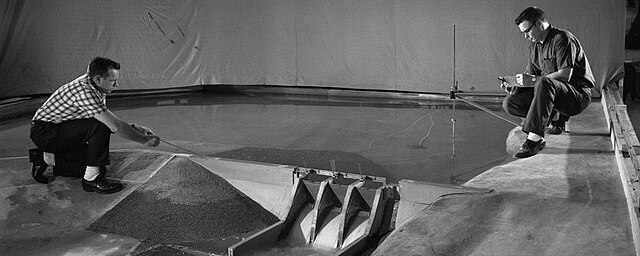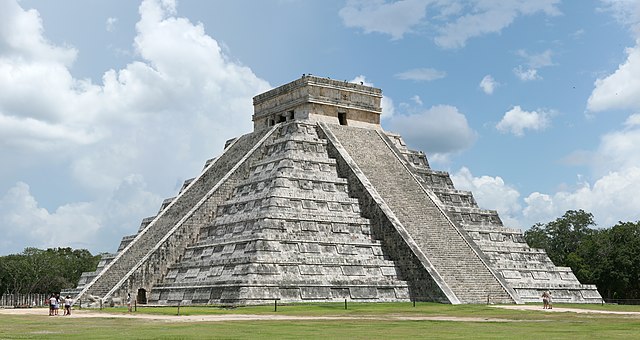Structural engineering is a sub-discipline of civil engineering in which structural engineers are trained to design the 'bones and joints' that create the form and shape of human-made structures. Structural engineers also must understand and calculate the stability, strength, rigidity and earthquake-susceptibility of built structures for buildings and nonbuilding structures. The structural designs are integrated with those of other designers such as architects and building services engineer and often supervise the construction of projects by contractors on site. They can also be involved in the design of machinery, medical equipment, and vehicles where structural integrity affects functioning and safety. See glossary of structural engineering.
The Eiffel Tower in Paris is a historical achievement of structural engineering.
Pont du Gard, France, a Roman era aqueduct circa 19 BC
Galileo Galilei published the book Two New Sciences in which he examined the failure of simple structures.
Isaac Newton published Philosophiae Naturalis Principia Mathematica, which contains his laws of motion.
Civil engineering is a professional engineering discipline that deals with the design, construction, and maintenance of the physical and naturally built environment, including public works such as roads, bridges, canals, dams, airports, sewage systems, pipelines, structural components of buildings, and railways.
Tennessee Valley Authority civil engineers monitoring hydraulics of a Tellico Dam scale model.
Leonhard Euler developed the theory explaining the buckling of columns.
A Roman aqueduct [built c. 19 BC], Pont du Gard, France
Chichen Itza was a large pre-Columbian city in Mexico built by the Maya people of the Post Classic. The northeast column temple also covers a channel that funnels all the rainwater from the complex some 40 metres (130 ft) away to a rejollada, a former cenote.







